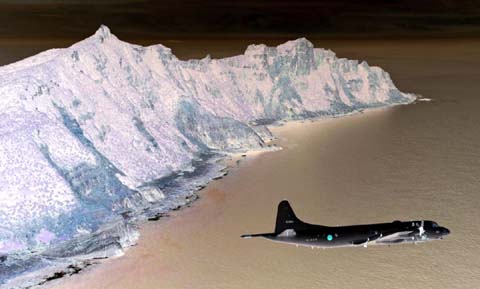
AP, Philippines :A tiny military exercise in the Philippines this week may presage something much bigger: the entry of Japan into the tussle for control of the South China Sea.A Japanese surveillance plane and about 20 troops conducted the first of two days of joint training with the Philippine navy on Tuesday off the coast of Palawan, a strategically important island not far from contested islands claimed by several countries including China and the Philippines.While the P-3C plane was being used for maritime search-and-rescue drills and disaster relief drills, the aircraft is also a mainstay of Japan’s anti-submarine and other aerial surveillance efforts. In theory, it could help the U.S. keep an eye on the Chinese navy in the South China Sea. Some experts think that’s a possibility in coming years.”It’s likely we will see Japan doing joint surveillance and reconnaissance in the South China Sea in the coming years,” said Narushige Michishita, a defense expert at the National Graduate Institute for Policy Studies in Tokyo. “It is going to be with the U.S., Australia, the Philippines and others.”Others are less certain. Such a move would raise tensions with China, with which Japan already has a major territorial dispute over islands farther north in the East China Sea. It would face public opposition at home from those who want Japan’s military to avoid getting entangled in overseas disputes. The military is already stretched, keeping an eye for example on North Korea and China in the East China Sea.Chinese Foreign Ministry spokesman Lu Kang expressed concern about the exercise.”We hope that the sides in question do not play up and create tensions on purpose, and that any interactions between those countries would actually contribute to regional peace and stability, rather than the opposite,” Lu told reporters at a regular briefing.Philippine naval personnel flew on board the Japanese P-3C to observe operations and learn techniques and procedures, Col. Jonas Lumawag of the Philippine navy told reporters. The P-3C communicated with a smaller Philippine plane on a hypothetical search mission for a missing ship or plane.Both Japanese and Philippine commanders stressed that the drill was to practice search-and-rescue, and said they weren’t aware of any plans for joint patrols.

